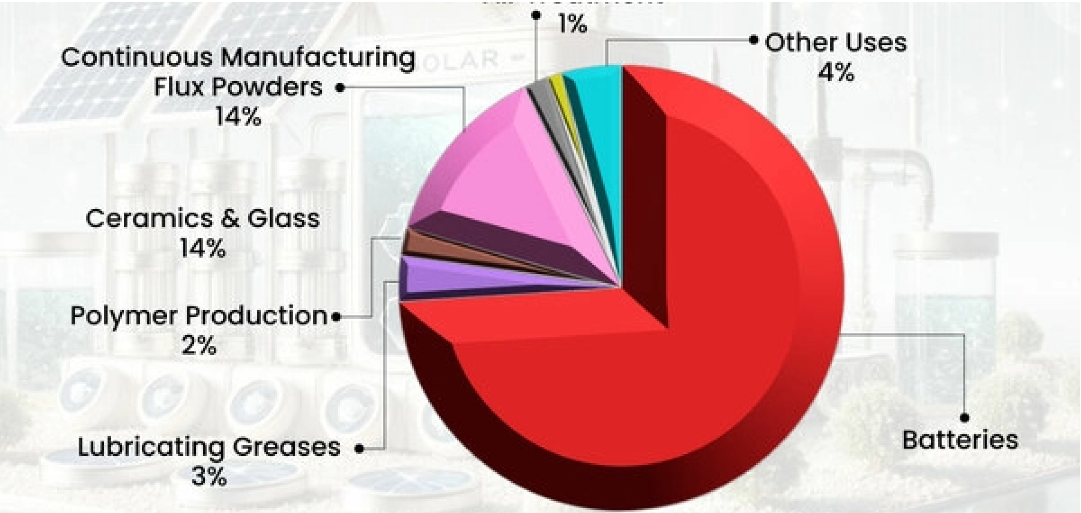High Rate of Emissions from Cement and Steel Manufacturing in 2024
The United Nations Environment Programme (UNEP) claims limiting the increase in global average temperature to 1.5 degrees Celsius is quite unrealistic. The emission rate from different industries shows various results in the reports published by UNEP in 2024. This report covers quite a wide range of emissions shortfalls, especially regarding the current country pledges and their ability to meet the targets laid down in the Paris Agreement concerning the requisite emission reductions.
The report also points out fossil fuel use as an example of a significant cause of greenhouse gas emissions in one of the areas of concern: the energy sector. There are also other sources of emissions, like industrial activities related to cement and steel industries. Another primary source is the transportation sector, which comprises land, air, and marine transport. According to the report, the G20 countries are not pursuing emission reductions proportional to their net zero commitments. These countries have to undertake more ambitious actions, accounting for 80% of emissions produced worldwide. The report underlines that all countries, irrespective of their level of economic development, need to speed up transformations towards low-carbon and resource-efficient economies.
Although the world's focus on the green energy shift is essential in curbing climate change, industrial activities such as cement and steel production present a significant threat to achieving this goal. These sectors are energy-oriented and release many greenhouse gases, contributing to net-zero emission challenges. The cement industry accounts for 8% of the global CO2 emissions from the limestone calcination process, where limestone is heated at high temperatures. It is estimated that steel production contributes to about 7% of the global CO2 emissions due to coal and natural gas use in the production processes. Cement and steel manufacturing needs a large amount of fossil fuel to get the end product. Hence, carbon capture and storage are not a solution to reduce the emission rate in this case. Studies are going on to discover cutting-edge technologies for reducing emission rates from industrial processes. Thus, the latest research may also find new techniques in the construction sector.

